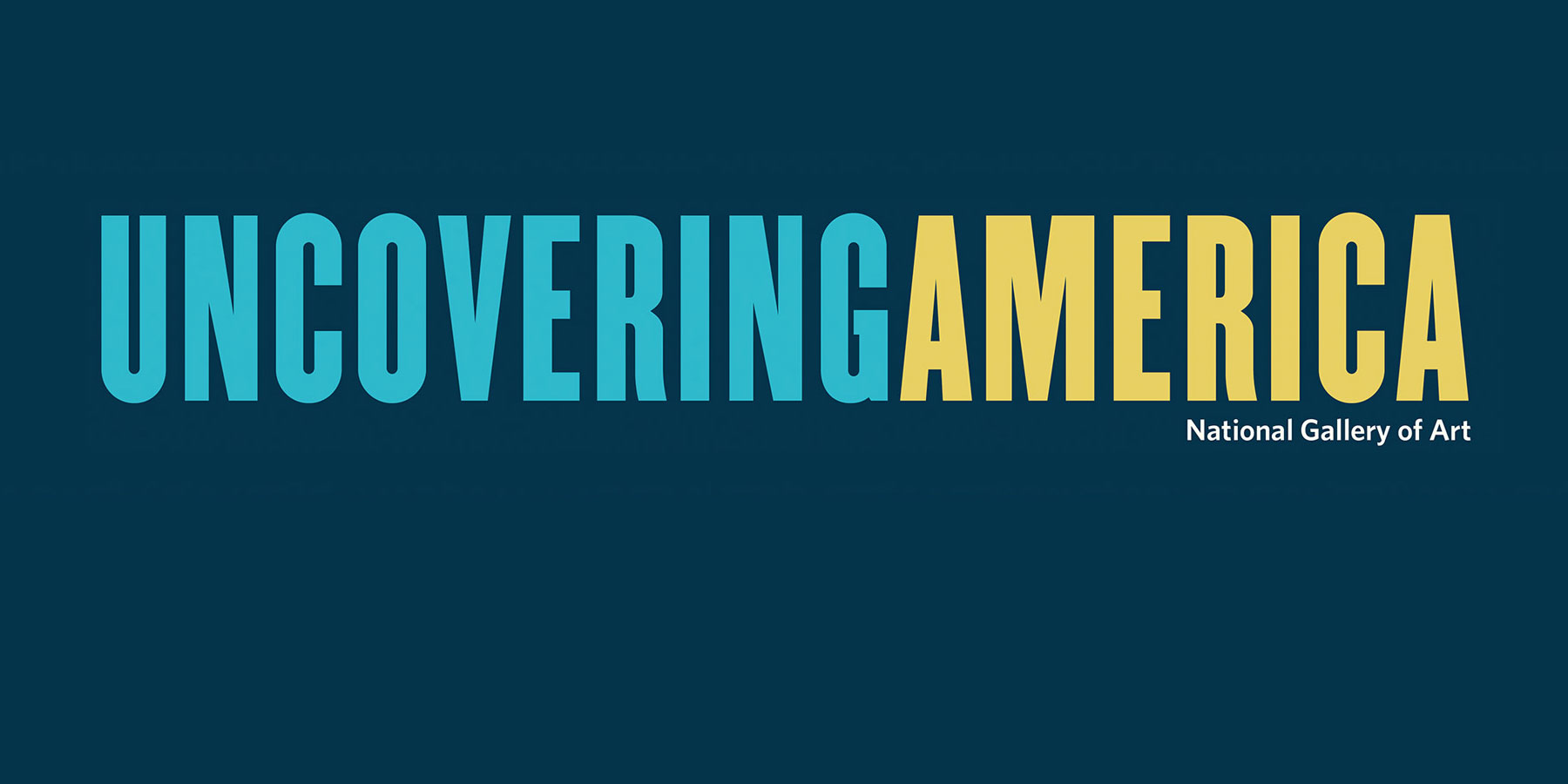Portraits can embody a surprising number of qualities that range from the impersonal and public (status, profession, or group identity) to very individual characteristics (appearance, expression, or gender). Artists and their sitters use portraits to convey a particular impression, such as turning your “good side” to the camera, trying to appear serious, or focusing attention on a particular social issue.
Choose several portraits from the image set or Pinterest board. Discuss what you think the people pictured are trying to say about themselves and who they are through their portraits.
Research and select several contemporary images of public figures. These could be celebrities, politicians, or activists, to name a few examples. What do you think each person is trying to communicate through his or her self-presentation? Can you find another likeness of that same person that either supports your image or contradicts it?

















